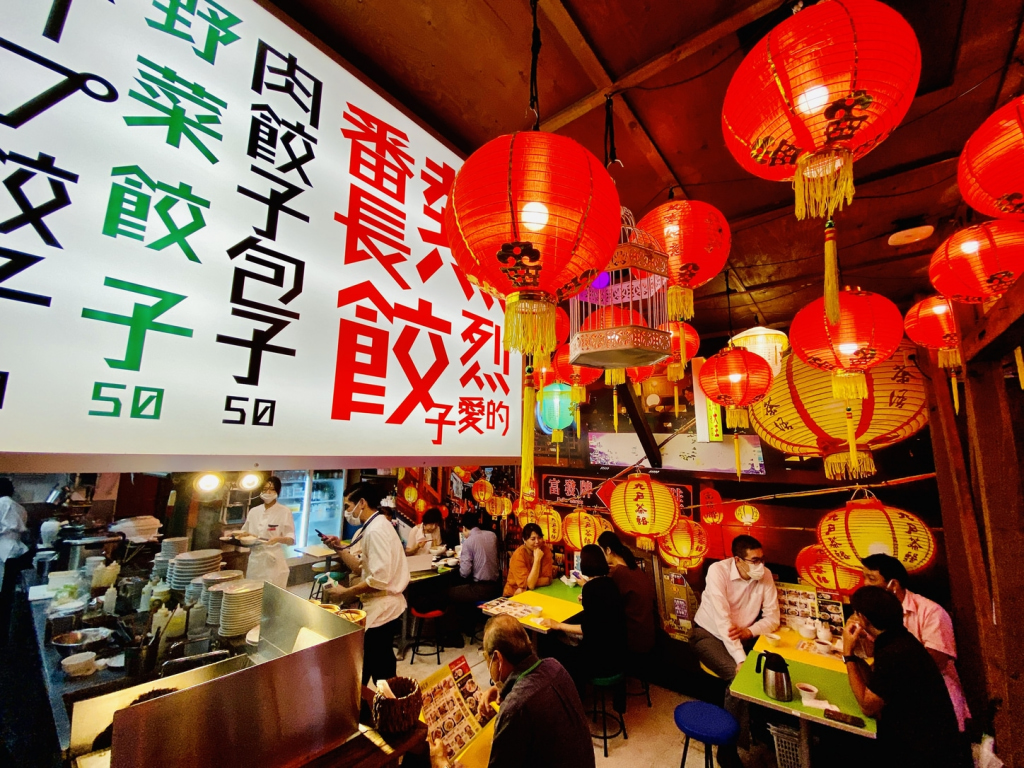Bakurocho is a little-known name within the lineup of Tokyo neighborhoods, even for long-term residents. Tucked in where the Sumida and Kanda rivers conjoin in the downtown region toward the city’s eastern edge, the district is closely bordered on all sides by some of Tokyo’s greats: the craftsmanship center of Kuramae to the north; the sumo wrestling stables of Ryogoku to the east; the famous doll town of Ningyocho to the south; and the historically important merchant town of Nihonbashi to the southwest.
A district steeped in history
The area’s official name is Nihonbashi Bakurocho (literally “horse trader town”). Lying just adjacent to today’s Imperial Palace, Nihonbashi was the central point from which the country’s five major Edo Era highways fanned out. Of course, horses comprised a major form of transport and travel during this period. Bakurocho was also a bustling area for purchasing gifts and supplies to be taken out on the road, including the journeys to and from the Edo capital that the Tokugawa Shogunate required of his feudal lords. He ordered this once every two years to consolidate his power over the country.
The area’s roots as a marketplace eventually took hold and Bakurocho went on to become a thriving wholesale district for fabrics and sundries that continues to this day. Local streets include names such as Orimono Chuo dori (“Central Textile Road”) while the adjacent Bakuro Yokoyama district is fascinating for a stroll amidst its plethora of retro clothing stores. Towering over the district is industry behemoth Etoile Kaito, a nine-story, members-only wholesale store dating back to 1902.
Creators infuse new life into quiet local streets
With industry changes prompting an increase in the number of empty buildings and office spaces, local residents and business people began revitalizing the area by launching a number of new creative initiatives.
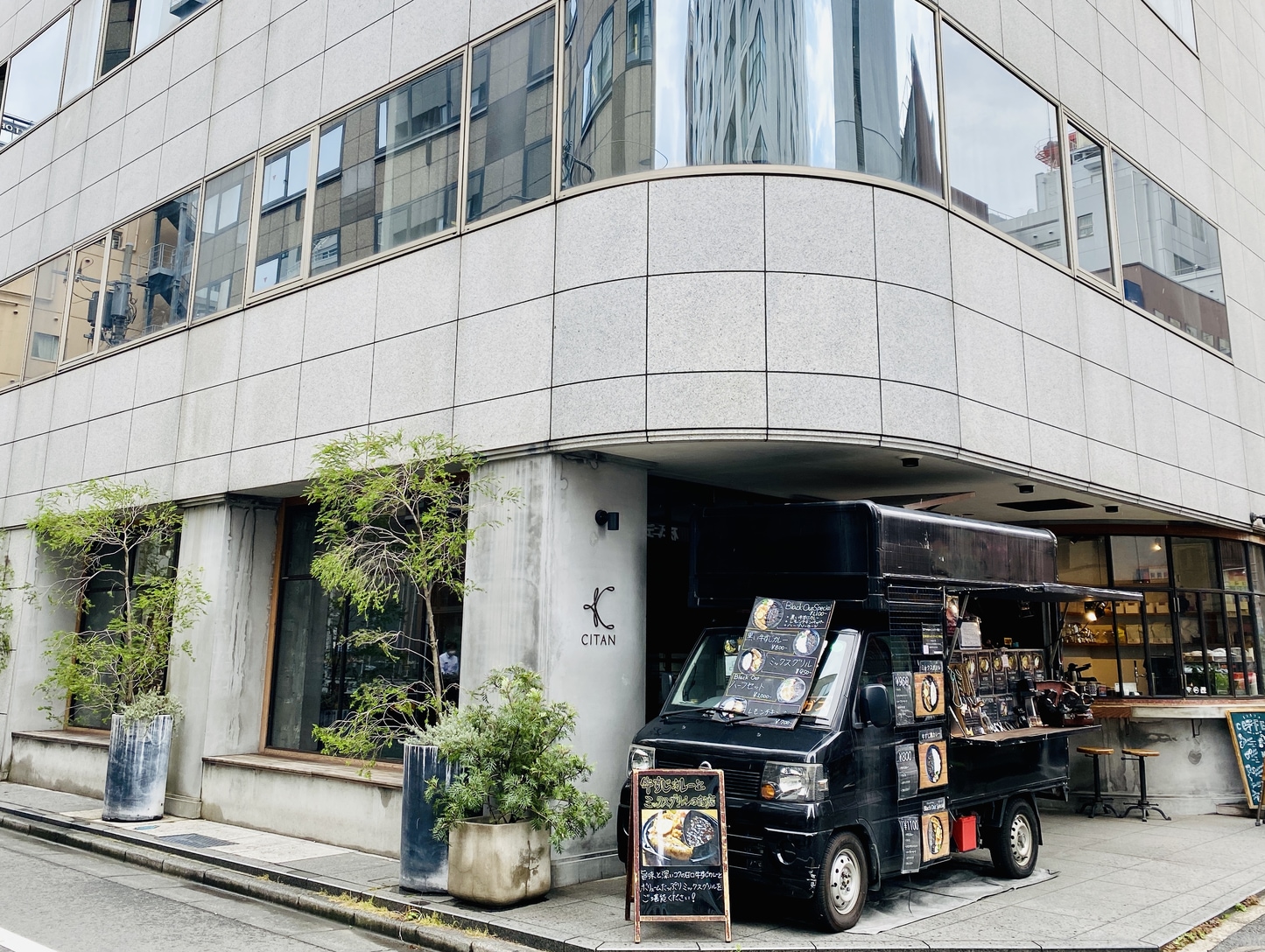
Citan
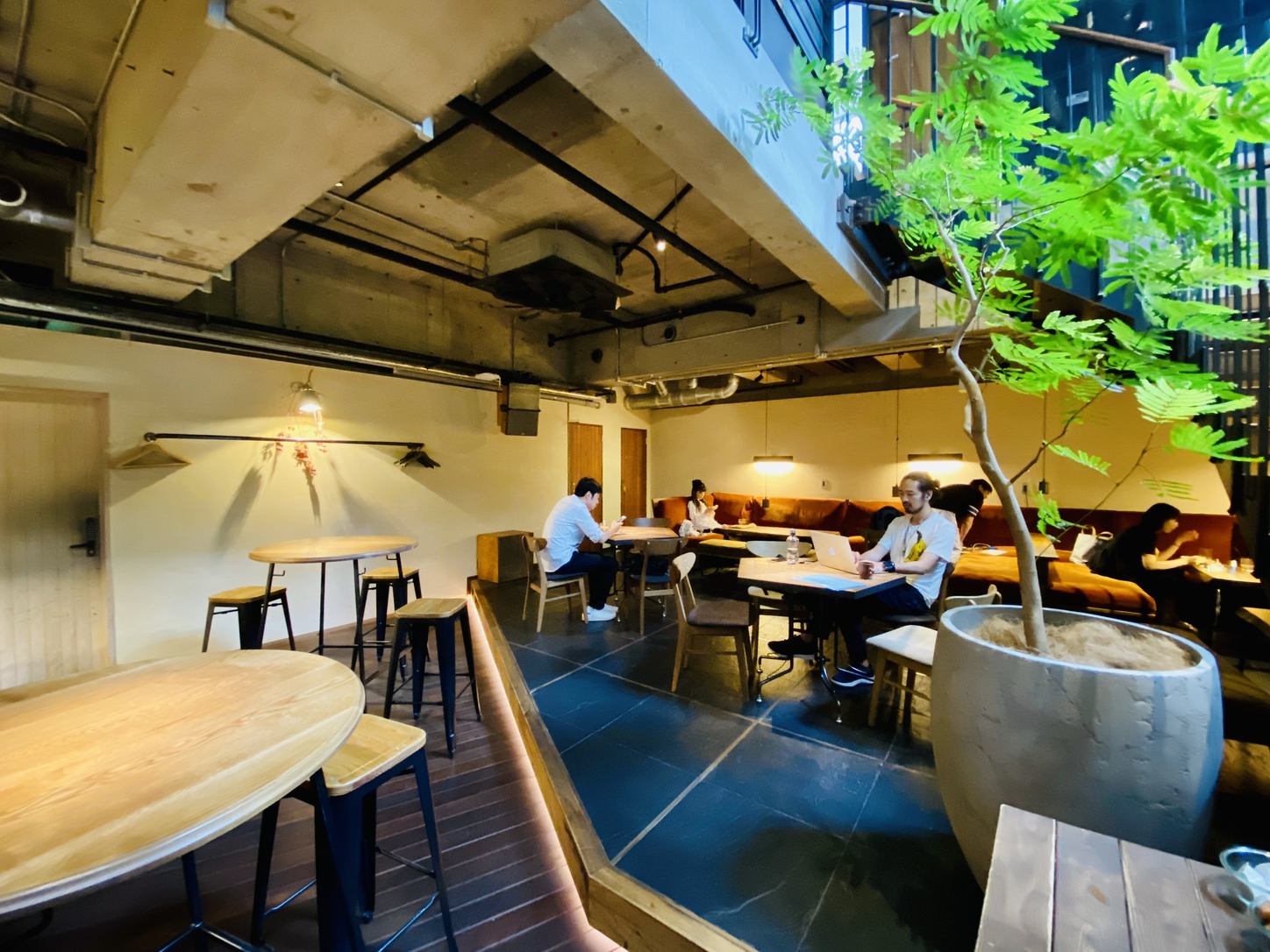
Citan
On a quiet street corner just steps from Bakurocho station, the combination hostel, restaurant and bar Citan exudes a welcoming atmosphere that begins with the stylish foliage accenting its front terrace. Taking its historical cue from the local district’s Edo-era role as a crossroads for the five highways, the establishment prides itself as a place for camaraderie and connection among travelers. Its onsite café serves delightfully strong coffee and creamy lattés sourced from the Berth roastery in nearby Kinshicho. What’s more, an outdoor patio is set up on weekends serving craft beer and a menu of smoked meats. The downstairs restaurant also doubles as a lounge hosting a rotating lineup of DJs.
Galleries and Event Spaces
Minutes away is the Agata Takezawa Building, which houses an eclectic collection of artistic venues including the Kiyoyuki Kuwabara accounting office on the fourth floor. This doubles both as an art gallery and event space. Recent offerings have included music nights with DJ Peter Barakan, live painting sessions with artist Kanako Shintaku and a photo exhibition featuring poignant imagery of postwar Aomori prefecture from photographer Shoichi Kudo. One of the building’s additional tenants is Gallery aM on the basement floor run by Musashino Art University.
Around the corner are more intriguing locales including Kumu Tokyo, a gallery and event space showcasing craftsmanship from around the country that also runs creative workshops. Also nearby you can find the twin lifestyle shops minä perhonen elävä I and II, featuring the works of Scandinavian-inspired designer Akira Minagawa. On top of all that, there’s the aromatherapy shop Herb Center, which procures its herbs and flowers from Hokkaido.

Kiyoyuki Kuwabara Accounting Gallery (KKAG)
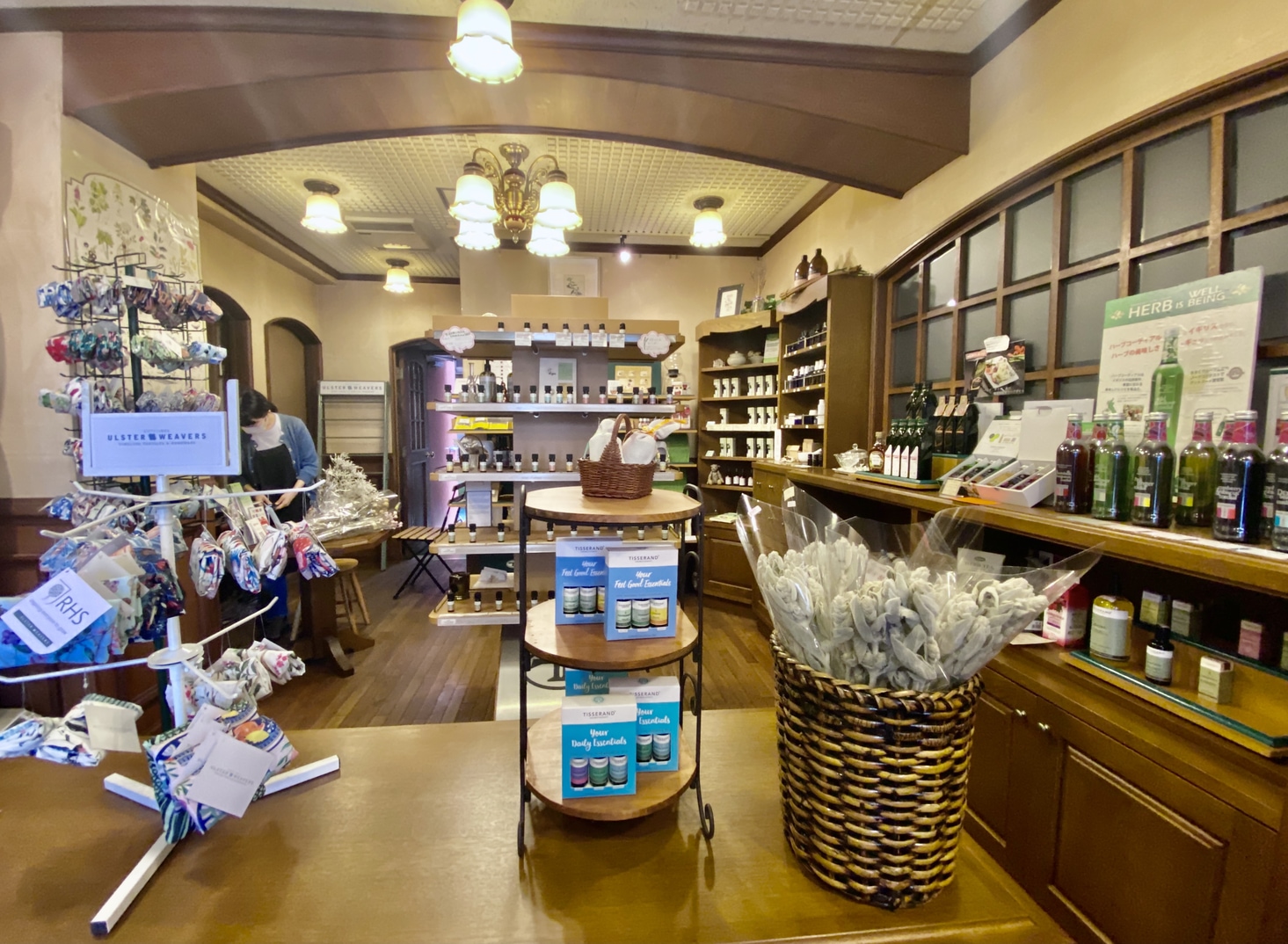
Herb Center
The area is dotted with numerous establishments, which are included within a neatly designed bilingual (Japanese and English) foldout map covering the Urachiyo district, which includes Bakurocho along with several other local neighborhoods. The map, compiled by a small team of local enthusiasts at community café Go Native Japan, is available at various locations around the area.
For those considering an overnight stay here, an additional option to the Citan Hostel is the DDD Hotel, which offers comfortable rooms in a minimalist style. Its restaurant on the second floor overlooks a row of lush green trees and the first floor houses an art gallery converted from a former parking lot.
A Paradise for Foodies
You could easily devote your visit to Bakurocho and its environs by munching your way through its wide selection of food options, as local eateries cover all manner of tastes. You’ll find several Korean homestyle cooking places in addition to Chinese restaurants galore. One of the most popular is Bancho gyozado which serves up dumplings amidst creative life advice that adorns its walls, along with rows of vibrantly colored lanterns.
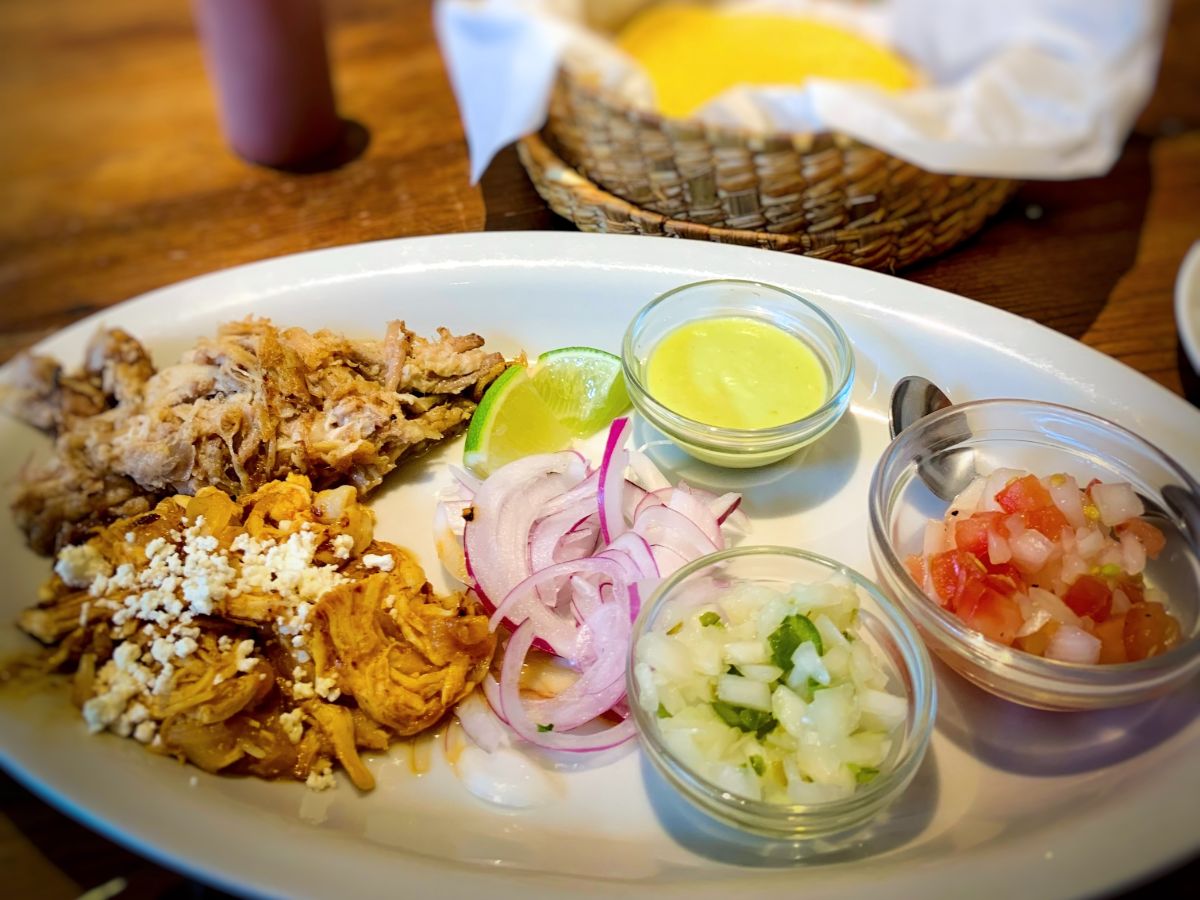
Kitade Shokudo
Mexican food lovers should head straight to Kitade Shokudo, housed in an atmospheric two-story restored building, which serves tortillas hand-crafted from organic Hokkaido corn and also offers a lineup of tequila and mezcal cocktails. Additionally, the restaurant houses a small onsite market selling tortilla chips and fresh vegetables. The mood is then complemented by fantastic music from across Latin America.
Burger aficionados are also covered in this neighborhood. The Double Burger Shop serves up tasty offerings accompanied by fries and onion rings while its cozy basement streams reggae and dancehall grooves. Meanwhile, Monkey Tree also does a good burger in a spacious dining room.
Creative Cafés
All manner of creatively themed cafés can be found in Bakurocho, from clocks and robots to the cleverly named Caffeineholic, which promises to “offer the busy businessperson efficient and healthful caffeine-based support.” Next door, sister store Workaholic specializes in ergonomic business chairs.
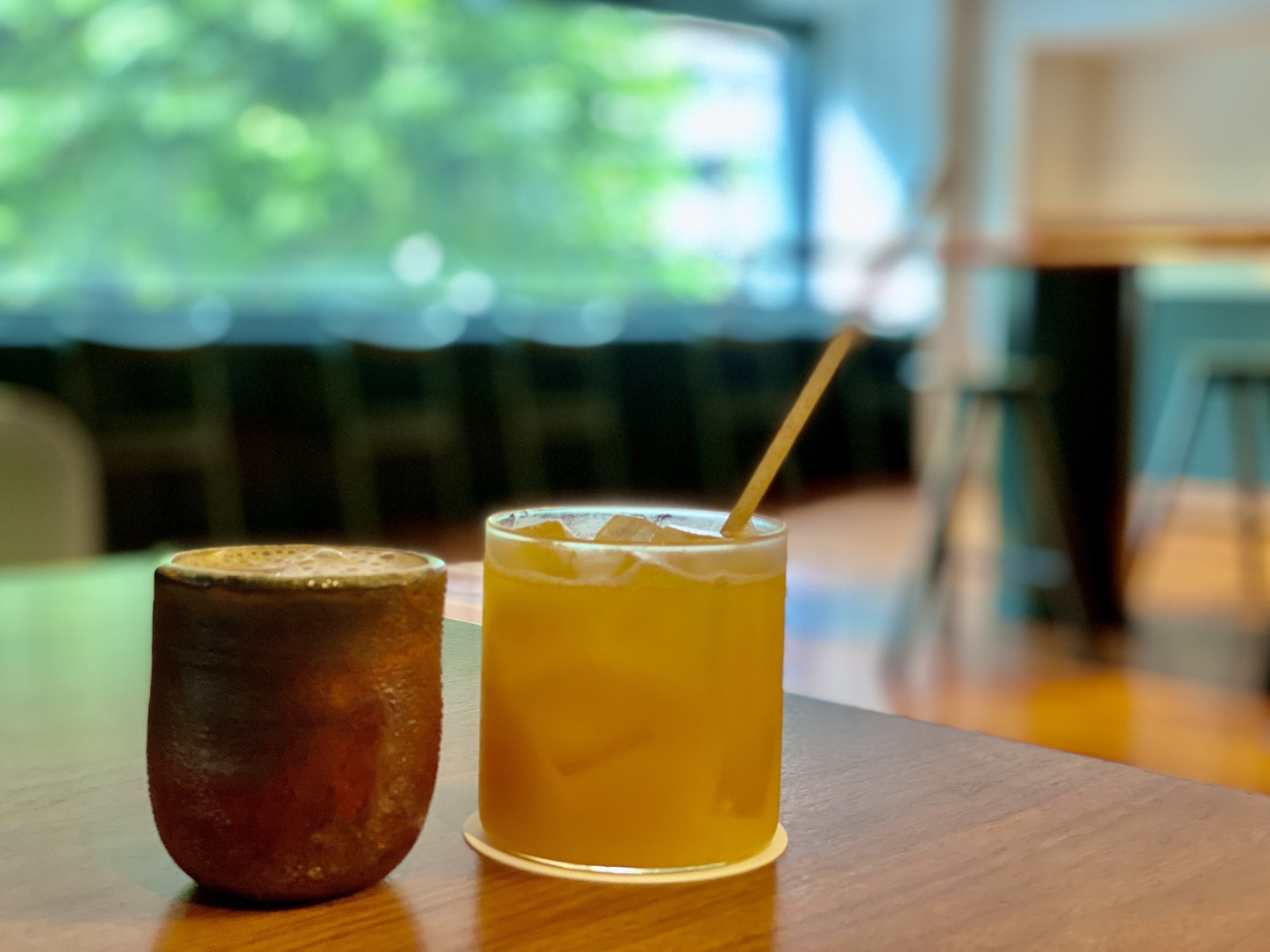
DDD Hotel
At the Asakusabashi intersection where the Yasukuni and Edo roads meet, Bridge Coffee & Ice Cream offers a sobering history lesson along with its sweet treats. An onsite pamphlet explains that the district was heavily damaged by the 1945 fire bombings undertaken by the US military. The building housing the café was one of the few surviving structures, having previously been fortified following the 1923 Great Kanto Earthquake. When waiting for food and drink, customers are handed a number written not on a standard slip of paper or plastic, but instead on a small ceramic tile. It’s a small gesture that is somehow indicative of the charm found in this district, where artistic touches truly do seem to be found on every street corner.
Photos by Solveig Boergen

